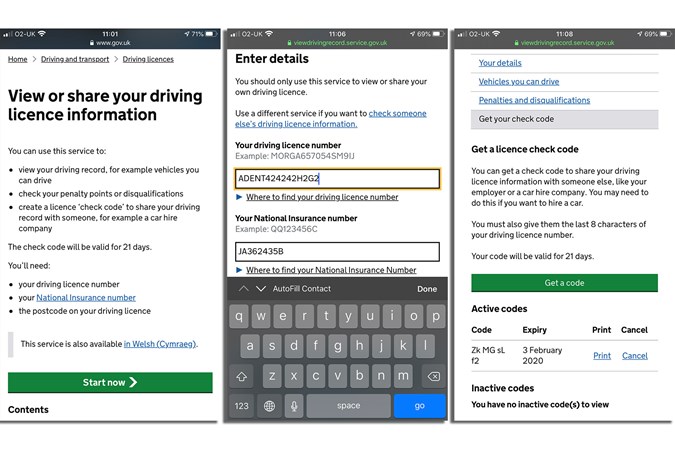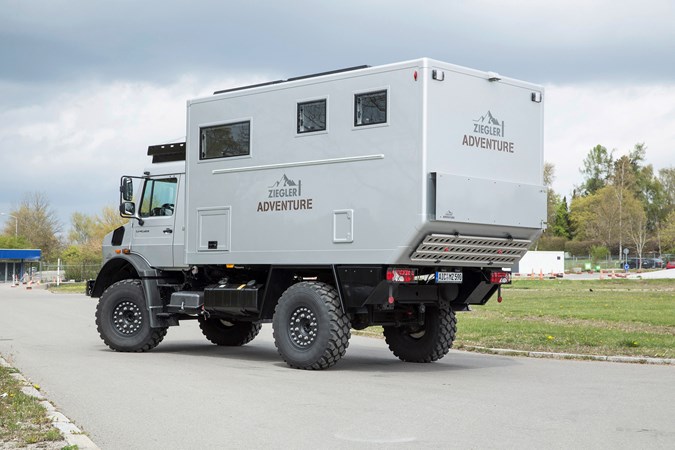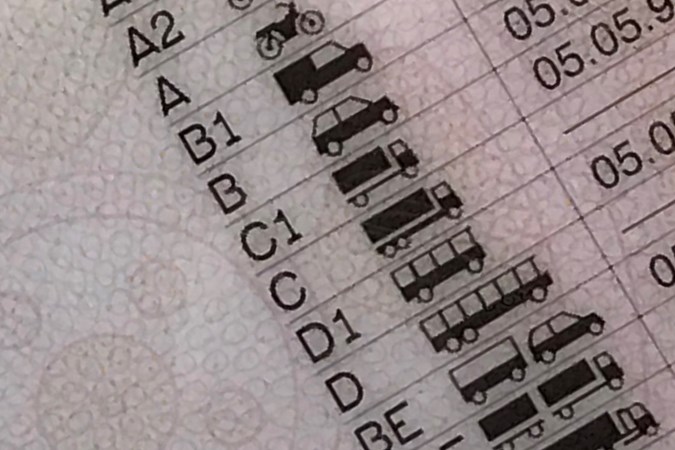UK driving licence details are now accessible online, including all categories and where applicable, penalties. You’ll still need a photocard drivers’ licence, which doubles as photo ID for many purposes – but since 8 June 2015, all your driving record and entitlements can be accessed and shared via a web browser.
The paper counterpart – which effectively replaced the old paper licences when photocard types were introduced in 1998 – is now obsolete.
How can I share my driving licence?
Dispensing with the counterpart means you don’t have a bit of paper to show that you have no points or endorsements – or pending new entitlements. Fortunately, the DVLA considered this, and has made it very easy for you to quickly, privately share or print out your driving licence details without needing an excessive amount of information.
You can even do it on your smartphone in a matter of minutes, getting a short code to share with car hire firms or employers.
To share your license go to the DVLA website.

Although the photocard shows your driving entitlements in detail on the back – including the most relevant ones for hiring vans or light commercial vehicles over 3.5 tonnes (C1 and C1+E up to 8,250kg maximum authorised mass), which stopped being a standard entitlement after 1 January 1997, it doesn’t show penalties or endorsements, and won’t reflect the latest entitlements if you’ve recently passed additional tests.
The online system reflects your current driving status. It also replaces the need to get penalty points added or removed manually.
If you’re travelling overseas and driving abroad, and are concerned about having the ability to access the code online, you can print out the driving licence summary. It’s downloaded as a PDF, so can also be stored and viewed on most smart devices and laptops.
Bear in mind that you will need an international driving permit for most countries outside europe – and it’s best to have one in europe, too.
Is this service secure?
The codes expire, and they’re no less secure than the old way of getting a photocopied licence when taking on a rental car or van. In fact, given the relative difficulty of producing a counterfeit photocard compared to the old paper licences, the security of your data is much better.
What do the codes on my driving licence mean?
Driving licences include categories that explain which vehicles you’re entitled to drive on the road – and notes that clarify any limits on those categories.
To drive a car, you need Category B, which includes some limits for towing and overall weight depending on when you passed your test – you can take additional tests if you need to drive heavier or larger combinations.
Tests prior to 1 January 1997 allow vehicles (or combinations) up to 8,250kg.
After 1 January 1997, category B allows vehicles up to 3,500kg, plus a trailer up to 750kg, or a total combination no greater than 3,500kg (i.e a 2,000kg car, van or pickup, plus 1,500kg trailer, is allowed – but a 2,000kg pickup towing a technically-allowable 3,500kg trailer is not allowed.
Category B can also be restricted to automatic cars only.
Van, motorhome and minibus entitlements
The other important category is C1 and C1E, which you’ll need if you’re hiring a van or motorhome over 3,500kg – larger moving vans, Class A recreational vehicles (RVs) or vehicle transporters, for example. If you passed a car test before 1 January 1997, you will have this entitlement but will see an extra code – 107 – which restricts your maximum authorised mass to 8,250kg.

If you passed after that date you will need to take an additional test to get C1 and C1+E entitlement, after which you can drive a 7,500kg vehicle plus trailer up to a total of 12,000kg MAM. Motorhomes are limited to 12 metres in length – and that includes pickups with fifth-wheel trailers, so anything longer can’t be registered as a motorhome, and will need a category C or D licence.
Minibuses are covered by category D1 and D1E, and covers vehicles no more than 8 metres in length, with between 8 and 16 passenger seats.
Depending on the date you passed your test, there will be additional notes on the minibus category. Note 101 means you can’t drive the minibus for hire or reward, and note 119 means the maximum authorised mass limit of 12,000kg for a minibus and trailer does not apply. As licences issued before 1 January 1997 are generally restricted to 8,250kg for other combinations, we’d suggest adhering to that for a trailer and minibus too.
As with category C1 vehicles, the total length must not exceed 12 meters.

Your photocard licence may appear to have motorcycle entitlement – but unless you’ve passed your motorcycle tests, the category A dates apply to trikes, or motor-tricycles, with note 79.
Is my paper driving licence still legal?
If you haven’t changed your name or address details, entitlements and have managed to keep your pre-photocard paper licence safe, then it’s still legal and valid and you can continue to use it as before.
To update to a photocard licence, visit the Goverment’s website. It costs £20, but you can’t apply online if you have changed your name, and will need a new application form available from Post Offices or obtainable from the DVLA.
Further reading:
>> International driving permits
>> How to tow legally and safely
Just so you know, we may receive a commission or other compensation from the links on this website - read why you should trust us.





